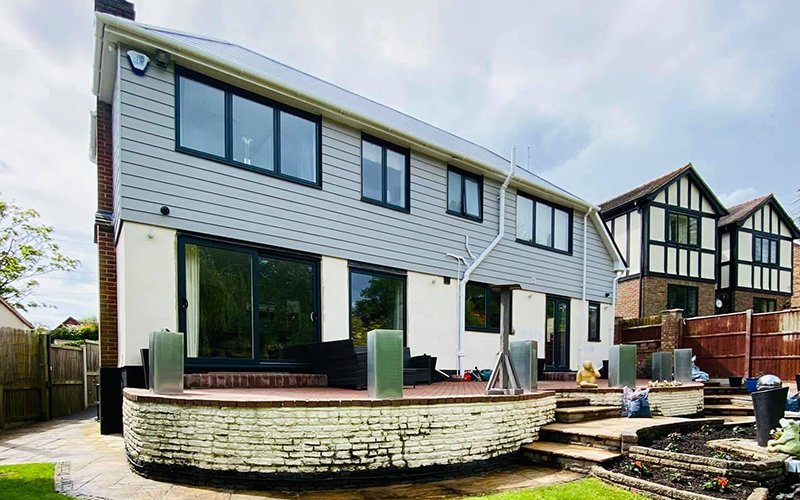Cladding refers to the application of a material over the exterior of a building, which not only enhances the building’s aesthetic but also plays a critical role in thermal insulation. By acting as a protective layer, cladding minimises the amount of heat that escapes from the building in the winter and reduces heat absorption in the summer. This leads to lower energy consumption for heating and cooling.
We are a friendly, family business based in Benfleet, Essex. Our fitters work across South Essex including Benfleet, Southend, Leigh on Sea, Hadleigh, Canvey Island, Rayleigh, Hockley and Surrounding Areas.


